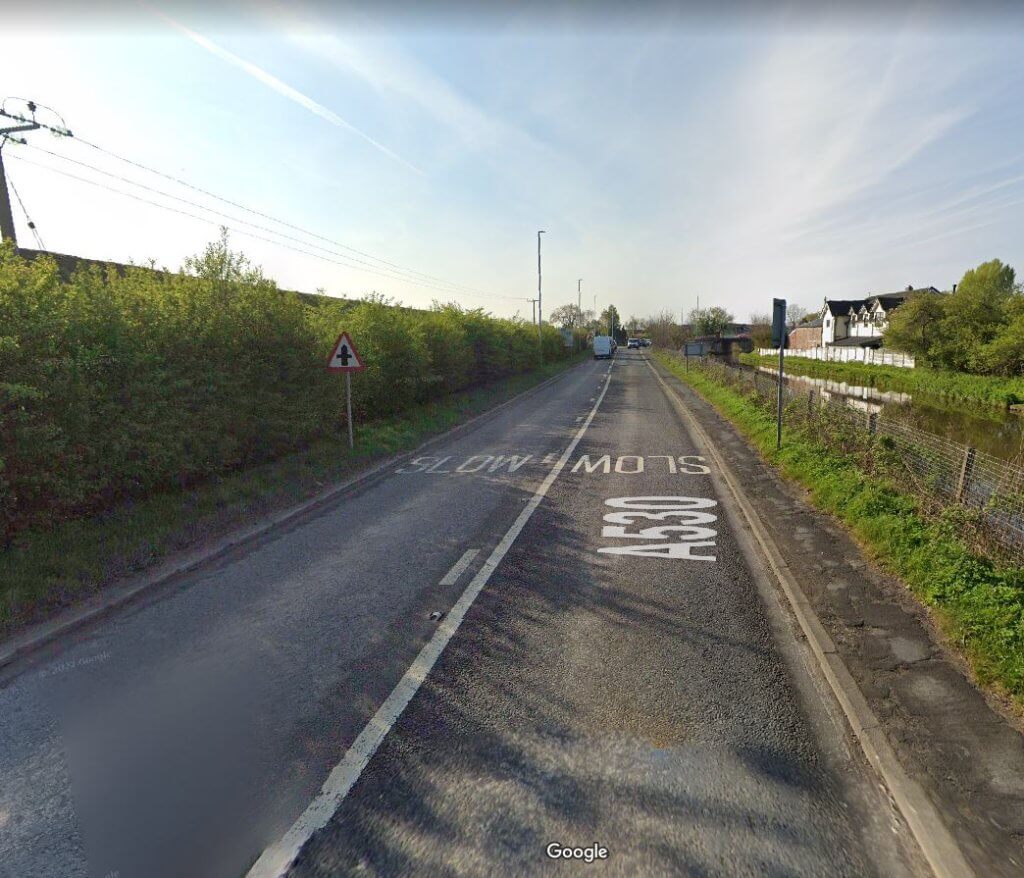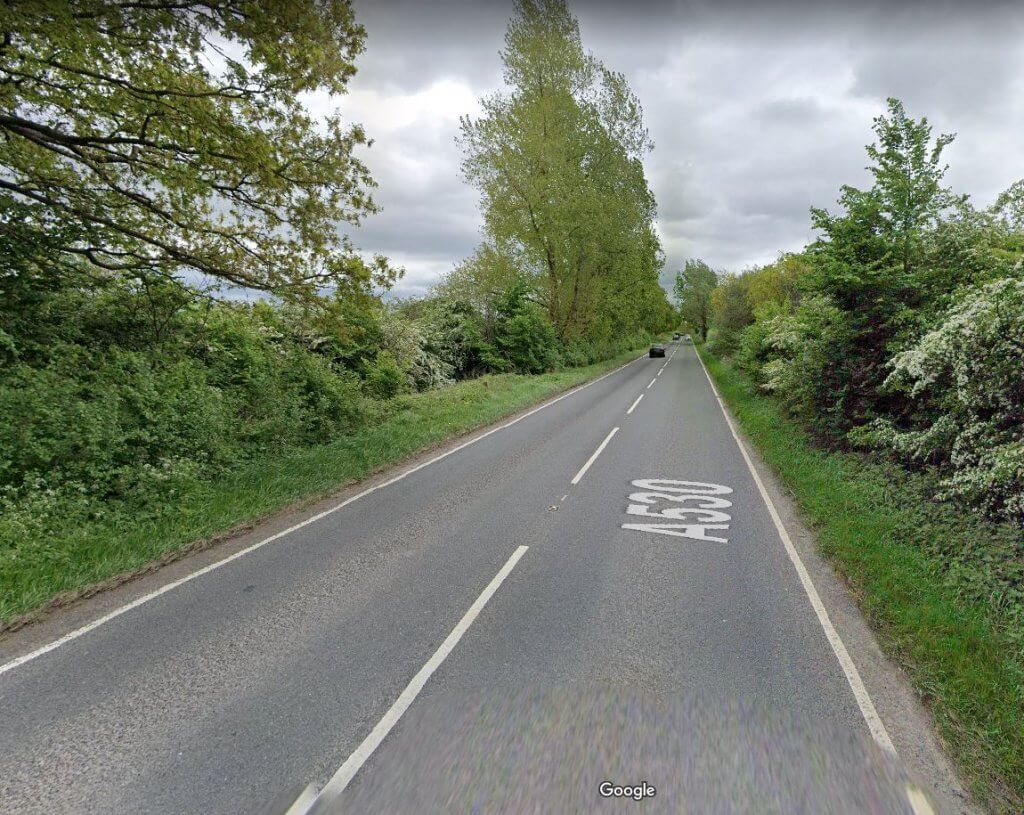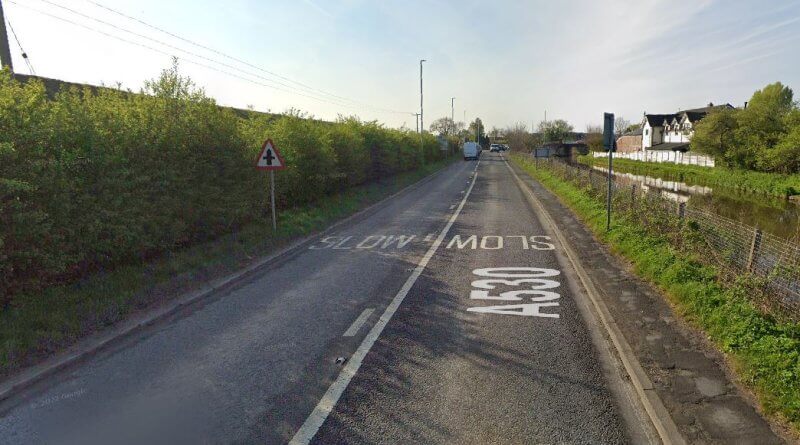New Highway Code makes Northwich Incinerator traffic impossible
Recently, a driver in Bridgend, South Wales, was fined £1,100 after being judged to have broken the law by driving too close to a cyclist. The new Highway Code, introduced in January of this year, states that motorists must leave a 1.5m (5ft) gap when overtaking cyclists, as well as slowing down. The gap must be 2m (6.5ft) when passing pedestrians or horse riders. The story was covered by the BBC, which also stated that the driver, having subsequently measured the road in that place, claimed the gap he left for the cyclist was sufficient and safe.
He is quoted as saying: “Taking into account the cyclist and his bike, there would have still been at least 4ft (1.2m) space.”
What has this to do with the new Incinerator? Everything, it turns out.
Traffic to and from the Incinerator will be using, amongst other roads, King Street and Griffiths Road, the latter being the road on which the new plant will be sited. Lorries can only approach it from one direction as the far end of Griffiths Road contains a low railway bridge, effectively blocking it for any HGV. Griffiths Road has pavement on one site for only part of the length of the road, and on both sides for a very small distance. From Middlewich Road onwards to the plant, there is no pavement at all. King Street similarly has no pavement at all for its entire length, from Middlewich right up the Morrisons Roundabout.
According to the original TATA planning application, the width of King Street and Griffiths Road varies between 5.80 to 7.00 meters. This is important.


A standard DAF XF series Truck is 3.80m wide and a typical family car, a Ford Focus is 2.0m wide.
The new Highway Code is clear that cyclists can be up to 0.5m away from the curb and, if they like, they can ride side by side. Cars approaching each other on a normal road should endeavour to similarly keep a 0.5m gap between them, across the middle white lines.
Where does this leave us?
If a car and a lorry are driving in opposite directions and have to leave room for a cyclist, the minimum road size needed is 7.9m. If it is two lorries, and one of them needs to leave space, the road will need to be 9.1m wide. Clearly, this is impossible.
The bottom line is that the road simply isn’t wide enough to accommodate this type of space and, as the poor motorist in Bridgend discovered, you can be prosecuted after the event from video footage captured from a helmet camera.
So, where does this leave Northwich?
The plant, when operational, will be adding 15,000 lorry movements a day to these roads meaning that for pedestrians and cyclists, the roads will become a death trap. As the saying goes, this is an accident waiting to happen.
Motorists will face the issue of being reduced to a crawl behind any cyclist on these roads, or in the small gaps in the oncoming traffic, be forced to try and navigate a way around the bike without causing an accident. Likewise, they are likely to be faced with oncoming lorries on the wrong side of the road, simply because they need to leave space. Remember, if a road is 5.80 meters wide, then the half on which you drive is only 2.9 meters. A standard DAF XF cab is now 3.8m. As they say in America ‘you do the math’.
Not only will the increase in traffic make the roads unsustainable, motorists are more likely to be prosecuted and fined for not leaving space around cyclists, not because they choose not to but because there simply isn’t enough road. How this is supposed to work is still a mystery, but for local residents, particularly those on Griffiths Road, this will be a nightmare.
CHAIN has sent this to CWAC Councillors but so far, there is a stony silence from them. Clearly, they are not interested in the likely impact of the traffic and the chaos that this is likely to cause.
![Cheshire Anti Incinerator Network – [CHAIN]](https://www.anti-incinerator.org.uk/wp-content/uploads/2015/08/Capture.png)
